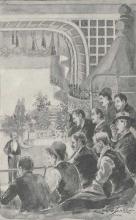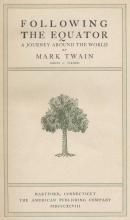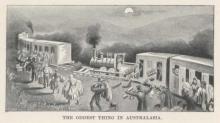Broken Links for Pony Express Stations source material
Should any one be interested I was researching locations for my Roughing It gazetteer, specifically Virginia City. It seems the National Park Service has references for a Pony Express Station in Nebraska referred to as the Virginia City Station. I had created an entry with a link to the NPS source. That link was broken and I could find no other mention of such a station.




